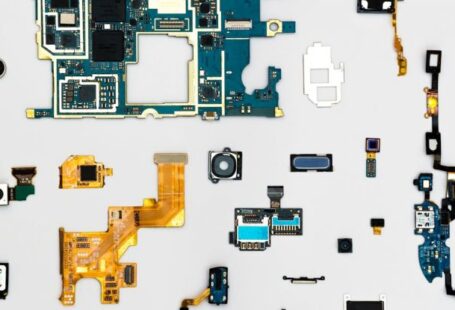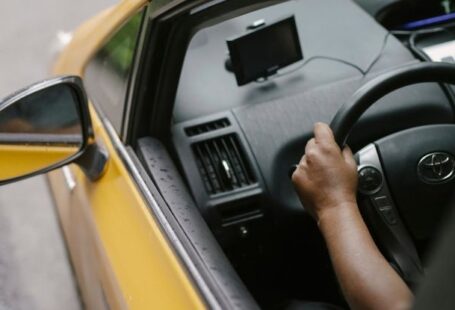As collaborative robots, or cobots, become more prevalent in various industries, ensuring the safety of human-robot interactions is paramount. One critical component that enables safe collaboration between cobots and humans is force sensors. These sensors play a crucial role in detecting and responding to external forces applied during interactions, ultimately minimizing the risk of injury and enhancing overall efficiency. In this article, we will explore how force sensors enable safe interaction between cobots and humans.
**The Role of Force Sensors in Cobots**
Force sensors are devices that can detect and measure the amount of force applied to them in various directions. In the context of cobots, force sensors are integrated into the robot’s design to provide real-time feedback on the forces exerted during interactions with humans or objects. This data allows the cobot to adjust its movements and force output to ensure safe and precise collaboration.
**Ensuring Human Safety**
One of the primary concerns when implementing cobots in a shared workspace is the safety of human workers. Force sensors play a crucial role in ensuring that any contact between the cobot and a human is detected immediately. By continuously monitoring the forces exerted during an interaction, the cobot can quickly adjust its speed and force to prevent any potential harm to the human operator.
**Preventing Accidents**
Accidents can occur when cobots inadvertently apply excessive force or pressure during a task. Force sensors help prevent such incidents by providing real-time feedback to the cobot’s control system. If the sensors detect a force that exceeds a predefined threshold, the cobot can automatically stop or reduce its speed to prevent injury or damage.
**Enhancing Efficiency**
While safety is paramount, force sensors also contribute to enhancing the efficiency of human-robot collaboration. By providing precise feedback on the forces applied during a task, cobots can optimize their movements to perform tasks more accurately and efficiently. This not only improves productivity but also reduces the likelihood of errors or rework, leading to cost savings for businesses.
**Adapting to Variable Environments**
In dynamic work environments where cobots interact with humans and objects of varying sizes and shapes, force sensors play a crucial role in adapting to these changes. The sensors can adjust the cobot’s force output based on the specific requirements of the task, ensuring seamless collaboration regardless of the environmental conditions.
**Future Applications of Force Sensors in Cobots**
As technology continues to advance, the integration of force sensors in cobots is expected to evolve further. Future applications may include more sophisticated sensors that can provide detailed information on the type and direction of forces applied during interactions. This enhanced feedback will enable cobots to perform a wider range of tasks with increased precision and safety.
**Maximizing Collaboration Potential**
By leveraging the capabilities of force sensors, cobots can maximize their collaboration potential with human workers. These sensors enable cobots to interact safely and efficiently in shared workspaces, opening up new possibilities for automation and productivity. As industries continue to embrace cobots, the role of force sensors in ensuring safe interactions will only become more critical.
**In Summary**
Force sensors are essential components that enable safe and efficient collaboration between cobots and humans. By providing real-time feedback on forces exerted during interactions, these sensors help prevent accidents, ensure human safety, and enhance overall productivity. As technology advances, the role of force sensors in cobots is expected to expand, opening up new opportunities for automation and innovation in various industries.





